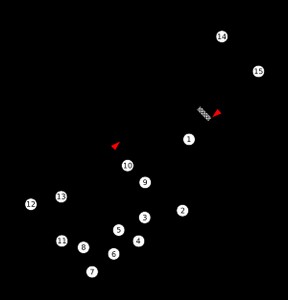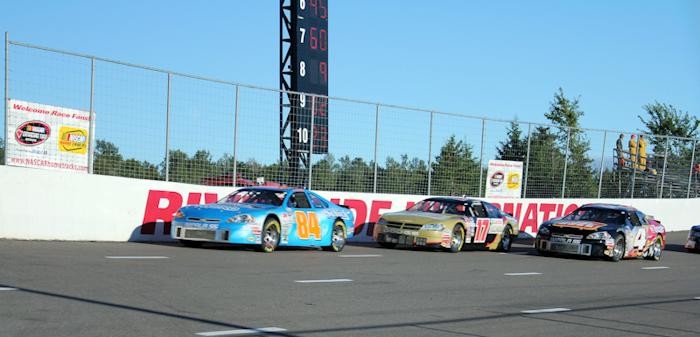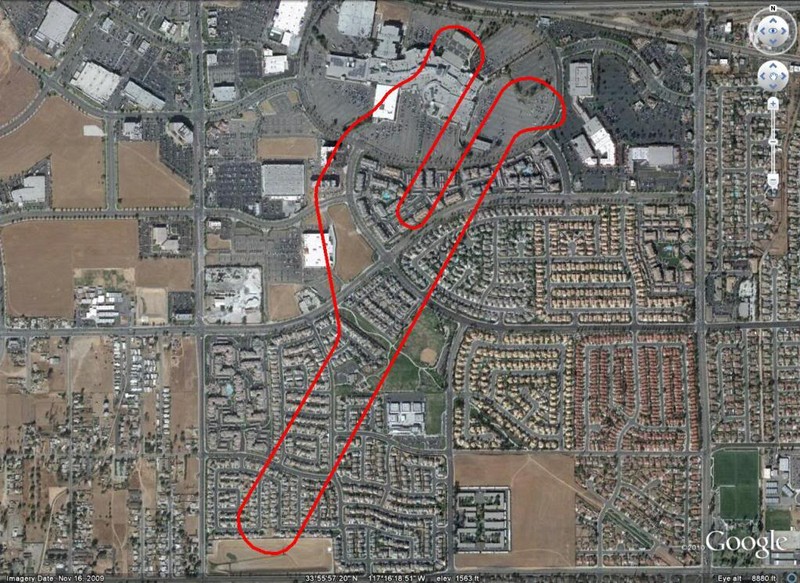Riverside International Raceway
Introduction
Text-to-speech Audio
Images



Backstory and Context
Text-to-speech Audio
The Riverside International Raceway was and still is the only racetrack to host Can-Am, F5000, Formula 1, IMSA GT, Indy Car, IROC, NASCAR, NHRA drag racing, off-road racing, Trans-Am, motorcycle sprint and midget car events. In its prime, the course was arguably the United State’s most recognized course name. the raceway cost just under $500,000 to build. The track at first was a 5/8-of-a-mile long circular track but became a 9 turn, 3.275-mile road course in 1957.1
The first race at Riverside was held on September 21st and 22nd of 1957. 30,000 spectators turned out to watch the spectacle. Dan Gurney won the event with his corvette. Dan Gurney proved over and over to people that he was able to win at the track even in NASCAR stock cars, champ cars and sports cars. Sadly, the first event held at Riverside ended tragically for John Lawrence who was killed after flipping near the end of the races. Even with this horrific start, the raceway flourished especially in the ‘50s and ‘60s. The L.A. Times sponsored a professional event in 1958 at the raceway, which brought an estimated 50,000 to 75,000 to events each year.1
In the late ‘60s, the Ontario Motor Speedway started to lure away fans from Riverside to their state-of-the-art facility. The owners of the Ontario track poured millions into their racetrack causing Riverside to do the same in order to compete. The attempt failed though and Riverside began to see attendance drop. Trans-Am cars even began to opt out of traveling to the racetrack each year. In the 1970 season though, NASCAR began to capture the hearts of America and the organization made a deal with Riverside to host the Falstaff 400 at their location. This helped the Riverside raceway gain popularity again. NASCAR along with F5000 cars helped keep the International Raceway alive until 1989. The last race was held on July 2, 1989. Afterwards, the place was turned into a shopping center.2
